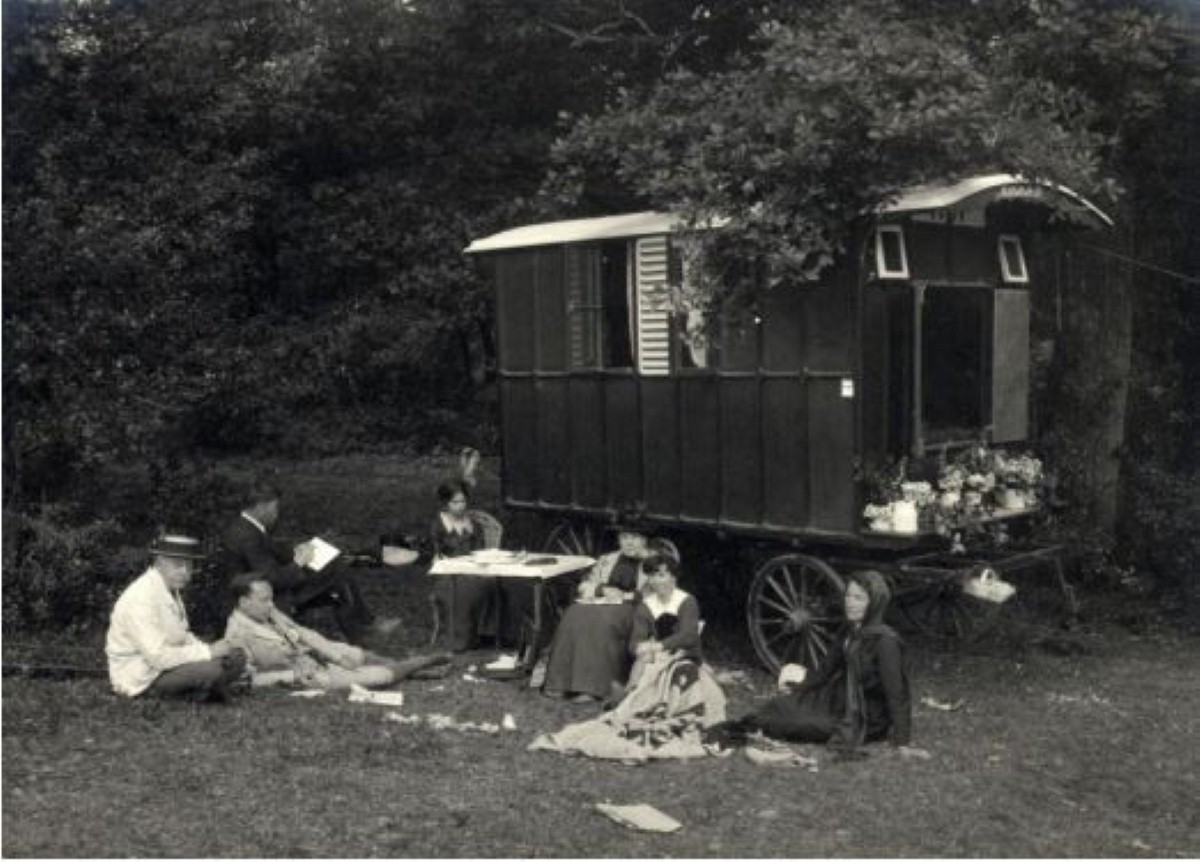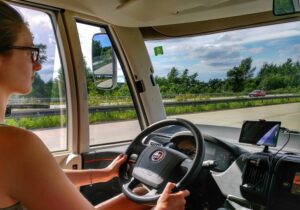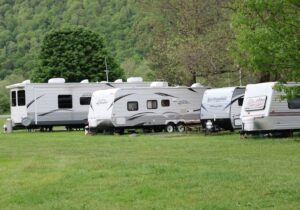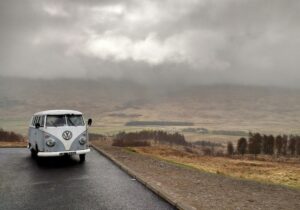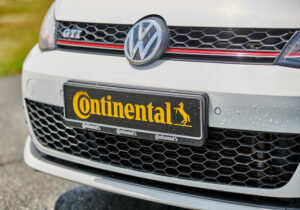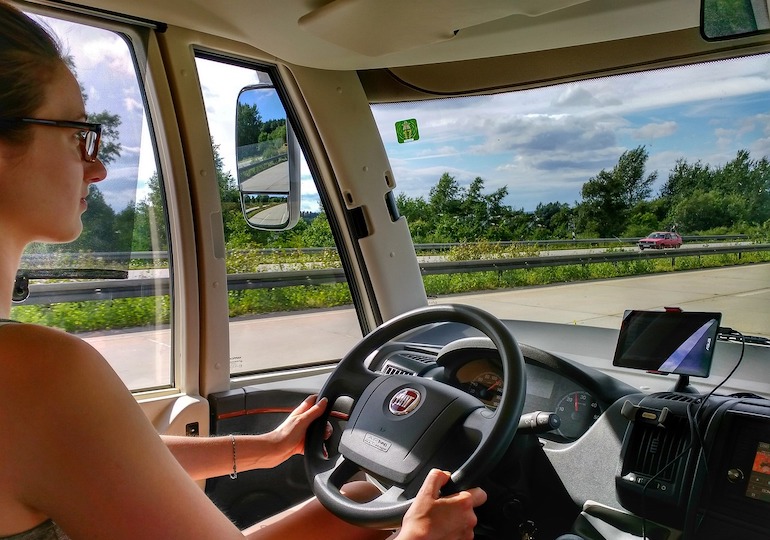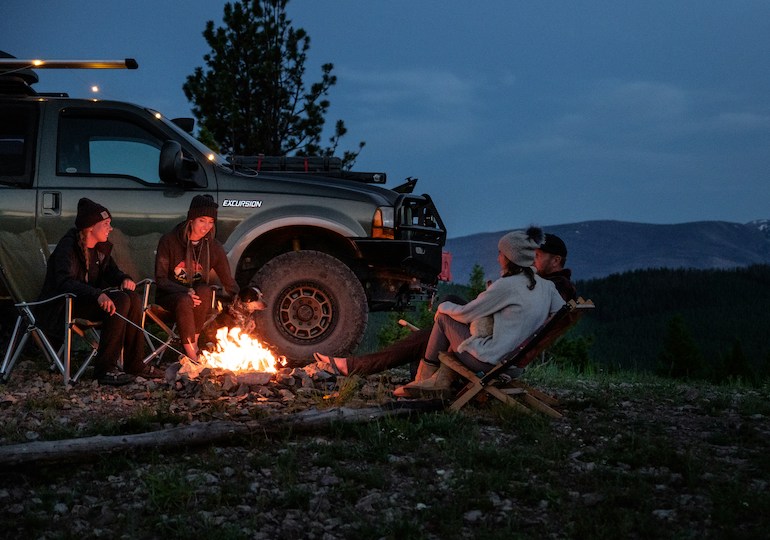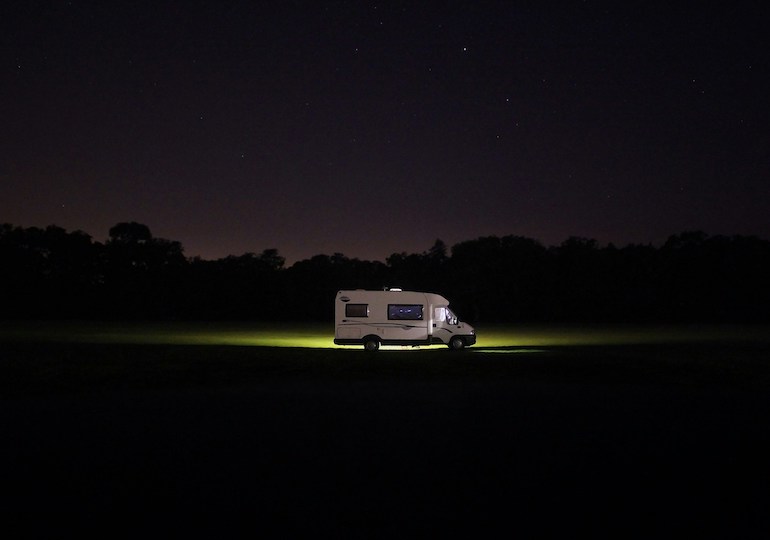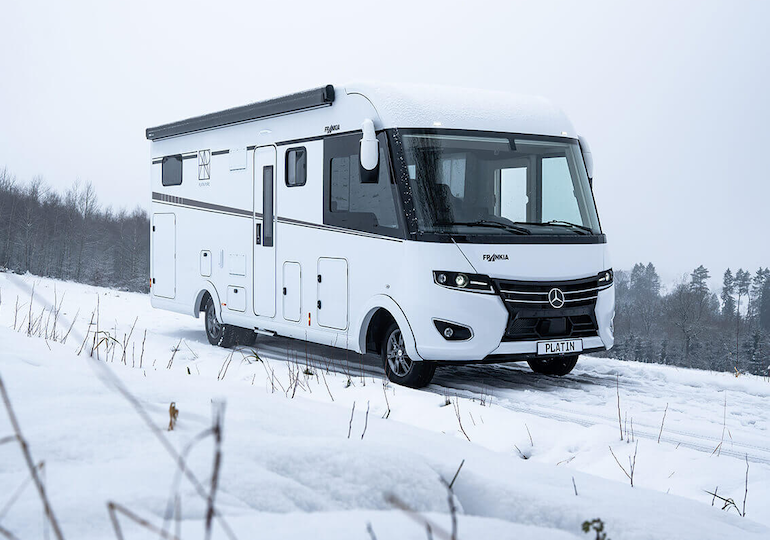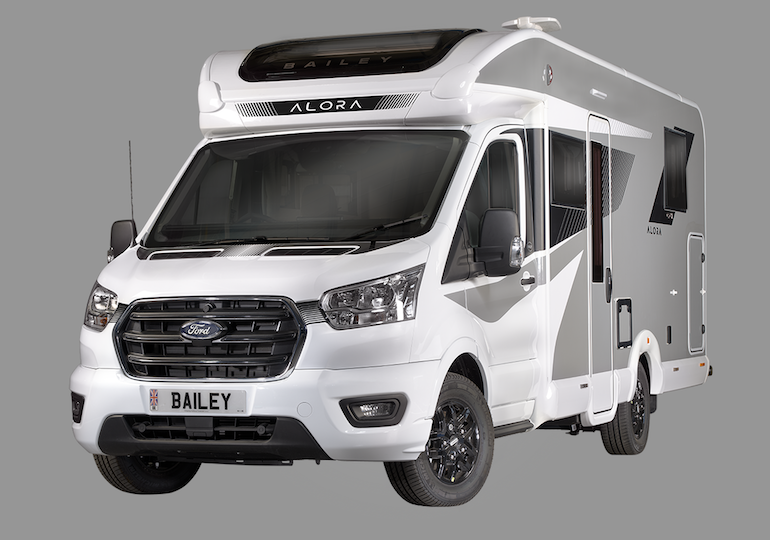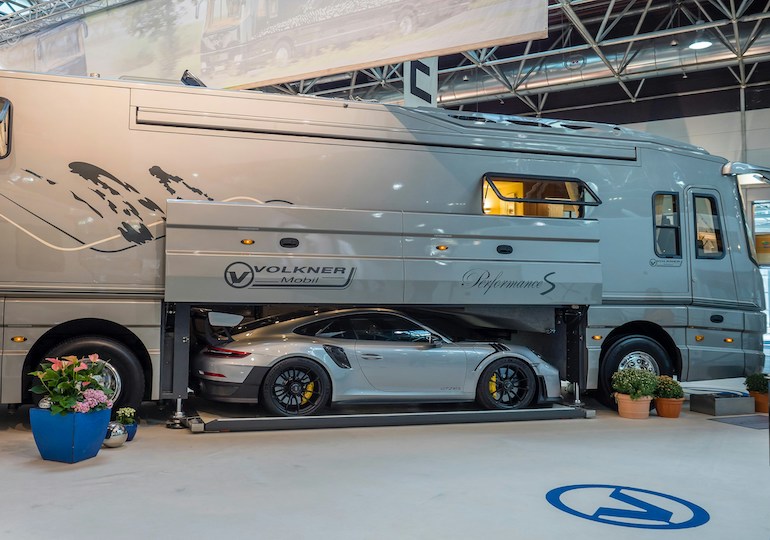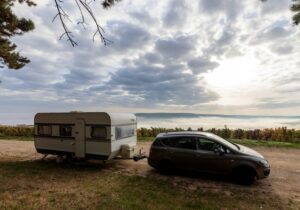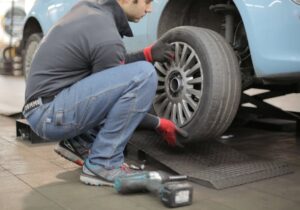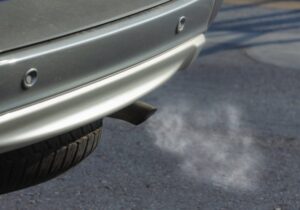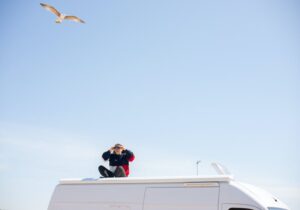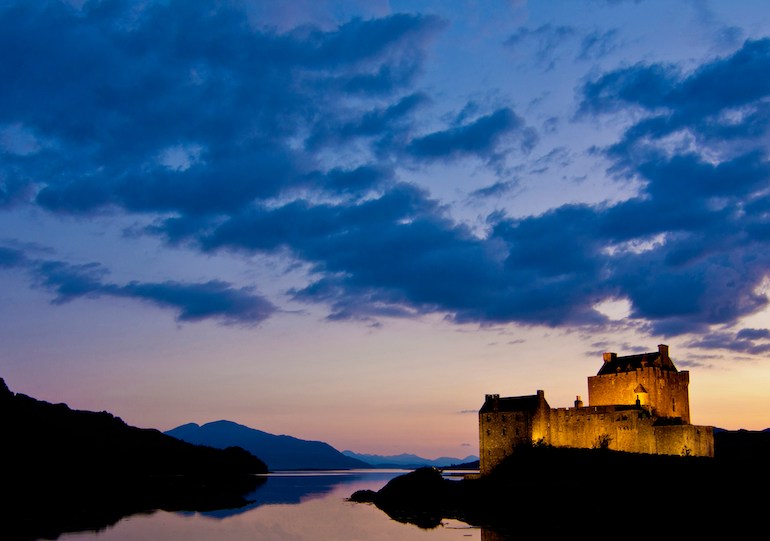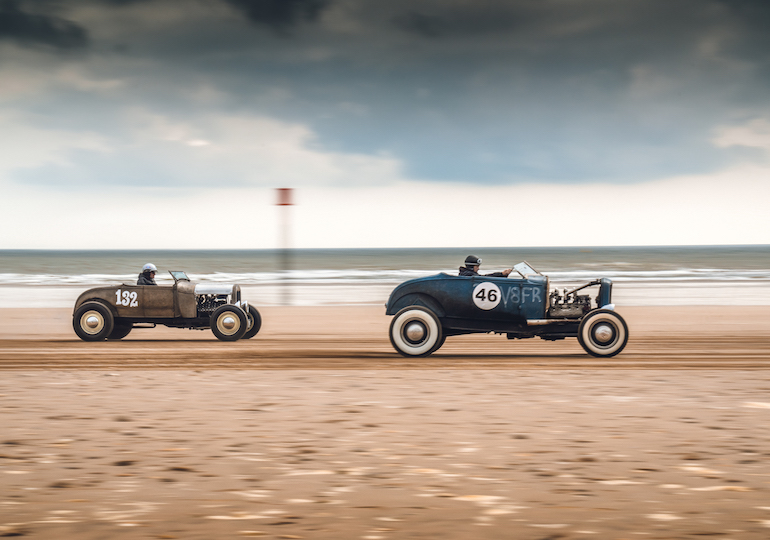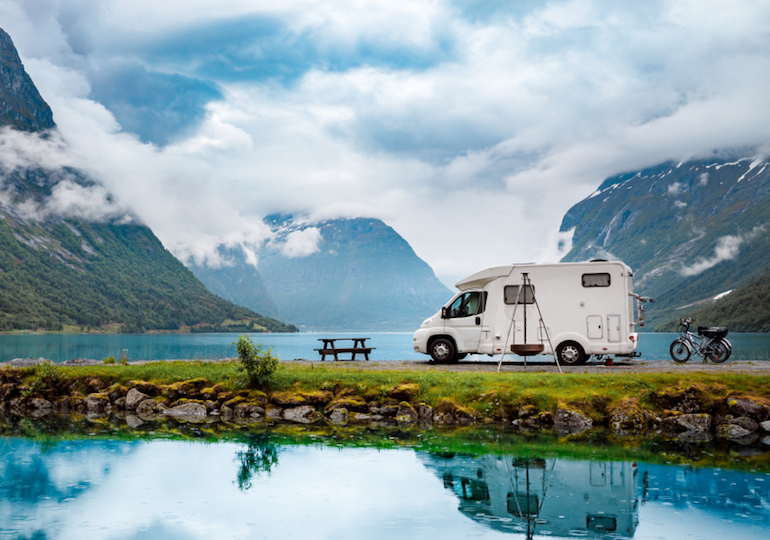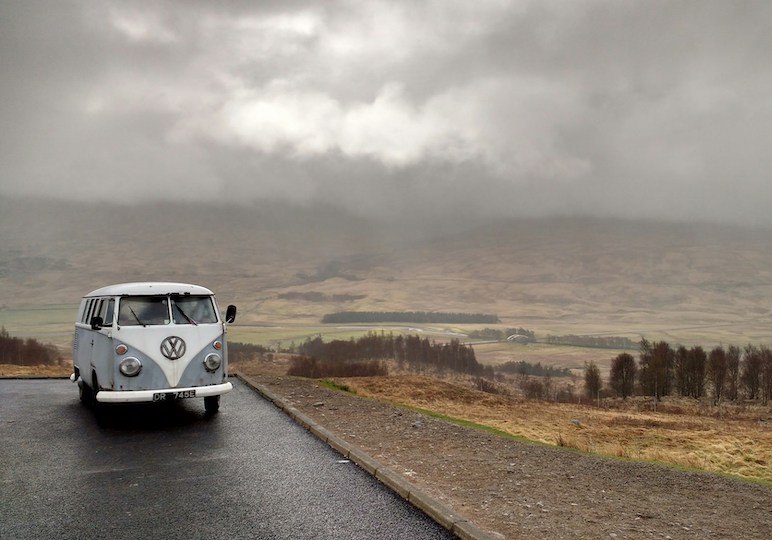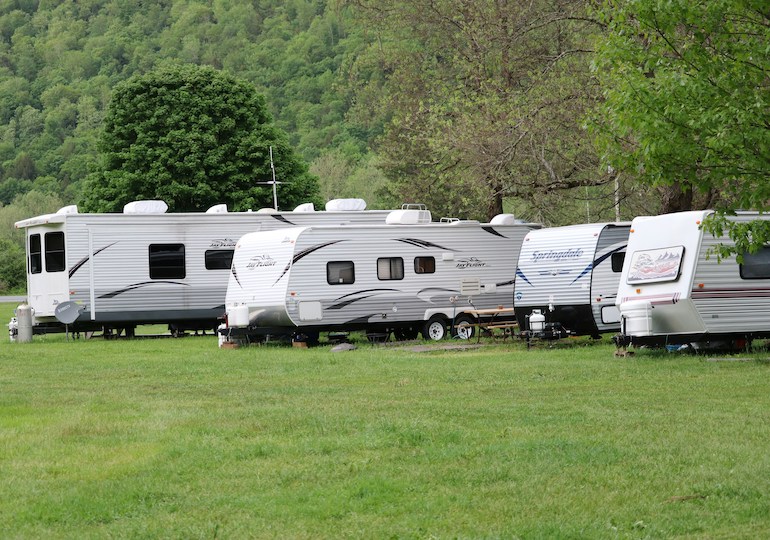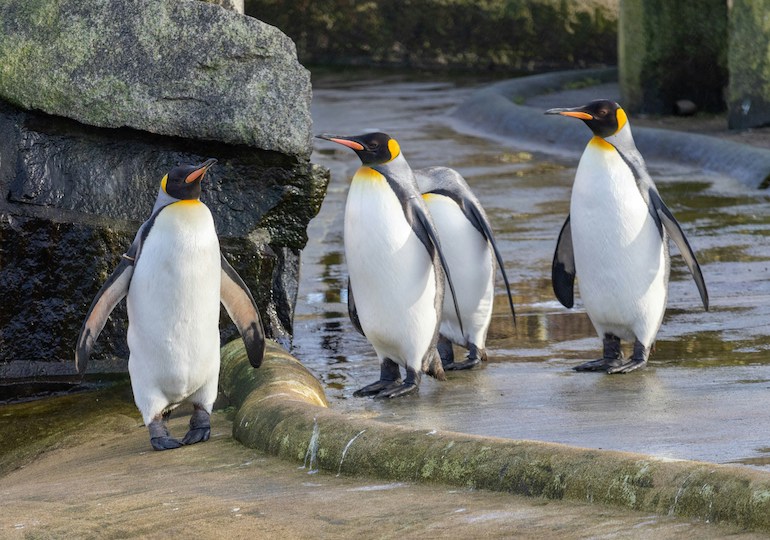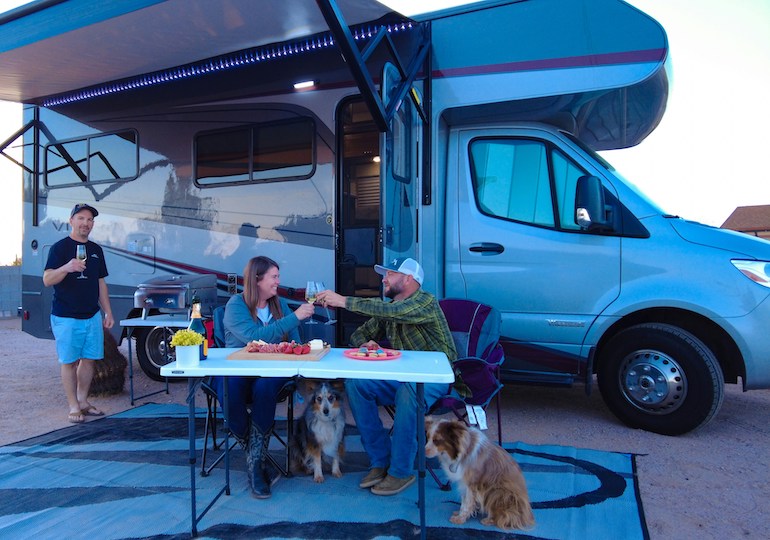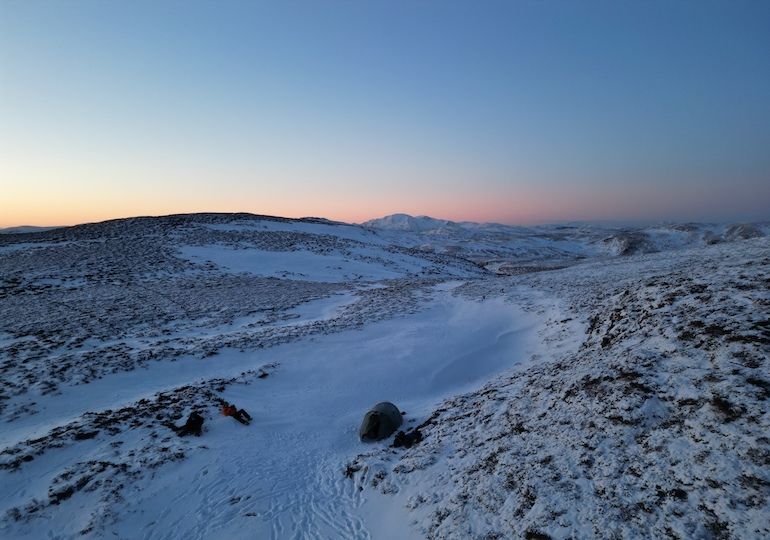In June 1914, around 100 Caravan Club members met in a field at Cadnam on the edge of the New Forest.
Week-long gatherings or meets like this were a popular date in The Club’s calendar, but the Cadnam event was the largest event of its kind at the time.
Horse-drawn caravanning was booming among wealthy men and women who swapped industrial city lifestyles for relaxing breaks touring the countryside.
The Caravan Club had been doing incredibly well at this point. They had numerous high profile names in their books, most from a privileged class with the money and time to afford holidays like this.
Leisure caravanning ends and the War commences
Two months later on 4 August 1914, Britain declared war on Germany. And so began one of the most devastating conflicts in modern history, the First World War.
No longer were Club members able to relax in the tranquil setting of the New Forest, with their beautifully modelled horse-drawn caravans spread across the glades and valleys.
Only a few days after the outbreak of the war, the active recruitment of volunteers to the army began.
For a short time, life in Britain carried on as normal for the many who believed that the war would be “over by Christmas”.
Many members of The Caravan Club had the same thoughts in mind and
continued to enjoy their leisure time at the planned meet at Mablethorpe, Lincolnshire from 15-24 August.
As 1915 arrived and the war showed no signs of ending, there was an increase in the number of casualties due to the fierce fighting.
A number of Caravan Club members who were deemed young and fit, were cast forward to serve in the front line, with some destined never to return again.
Meanwhile, those who were too old to old for active service like Club founder and Honorary Secretary J Harris Stone, supported the war effort in other ways.
Harris Stone, who was in his sixties at the time, joined the Civil Service as a clerk in the Petrol Control Department of the Board of Trade.
Harris expressed his commitment to the Club by juggling his role with the Caravan Club throughout the war years.
Other member could not juggle both commitments, like the Honorary Treasurer Mr E. Bennett, who ended up resigning from his Club commitments due to heavy workloads as a result of the war.
The war was affecting the community as a whole. Both men and women were becoming increasingly consumed with war work, and so leisure time became an impossible luxury.
The last wartime Caravan Club meet was held in June 1915. The low-key affair took place at The Club’s permanent pitch in Highgate, London and would be the last such event for five years.
However, events where the public and press were openly invited to promote The Caravan Club would continue to take place. These meets were to be “conducted in as private a manner as possible” out of respect of those who had lost their lives.

In addition, horses were in extremely high demand for roles in the cavalry and to tow heavy goods and ammunition on the battlefield.
So any leisure use of horses was deemed as frivolous.
The Government requisitioned hundreds of thousands of horses from across Britain at a time when motorised technology was still in its infancy.
Leisure caravanning was now put on hold until after the war, but this would have seemed insignificant to caravanners in a time of such great human sacrifice.
Caravans in the front line

Caravanning was more than just a hobby for some members of The Caravan Club, it was their livelihood, and for them the war was likely to have a much more destructive impact.
Bertram Hutchings of Winchester, Hampshire was the founder of a caravan building business in 1911.
He was rapidly building an excellent reputation as both manufacturer and owner of a hire fleet.
Bertram had gained such a credible reputation that even J Harris Stone had given his seal of approval by attending the last pre-war meet in one of the 15 caravans from Hutchings’ hire fleet.
However, at the onset of World War One, all 12 of Hutchings’ horses were commandeered for the front line.
Hutchings must have felt disheartened; with the threat of closing down a business that had been gathering pace and the news that he had been rejected from active service due to disability.
Yet he soon recognised that caravans held great potential in supporting the war effort. The mobility of the caravans made them a perfect shelter amidst a constantly shifting front line.
Hutchings sent several caravans from his former hire fleet across the channel, where they were used as mobile units for the Red Cross and as officers’ quarters.
The caravans were such a success on the battlefield that he continued to build them throughout the conflict and by 1915, the caravans diversified from horse drawn ‘vans to his first motor caravan, which was commissioned by the Royal Naval Division.
Other caravan members also followed Hutchings’ lead, supplying their caravans in support of the war work.
At the Caravan Club’s Annual Meeting of 1916, the Chairman reported on “the aid the Club had afforded to many branches of the war organisations, notably of the supply for the Red Cross, for nurses, for officers at field [camps], for munitions workers.”
Caravans sent to the front line included two dainty caravans donated by Miss E.F. Hamilton, but these beloved caravans never returned.
One for the road

The Caravan Club was given one last task, as the conflict came to a conclusion.
Field Marshal Haig sent an urgent request for caravans for the use by officers, enabling them to plan on the move while pursuing the retreating enemy.
Harris Stone worked through the night sending telegrams to every caravanner who may have been able to help.
Working together, the Caravan Club members achieved the incredible feat of supplying 50 caravans to the front line in only 48 hours.
As the First World War ended, a changed world emerged. After years of battle and sacrifice, a number of men were inspired by the incredible advances in motorised technology they had witnessed on the battlefield.
A new type of caravan was born to rival the horse-drawn version; this was the modern trailer caravan, designed to be towed by the motor car and set to change the face of caravanning forever.
Photos from The Caravan Club Collection at The National Motor Museum, Beaulieu.
Additional research by Angela Cox, Curator of The Caravan Club Collection at The National Motor Museum Trust, Beaulieu.
For more information visit the Caravan Club Collection online or follow @TheCCCollection on Twitter

